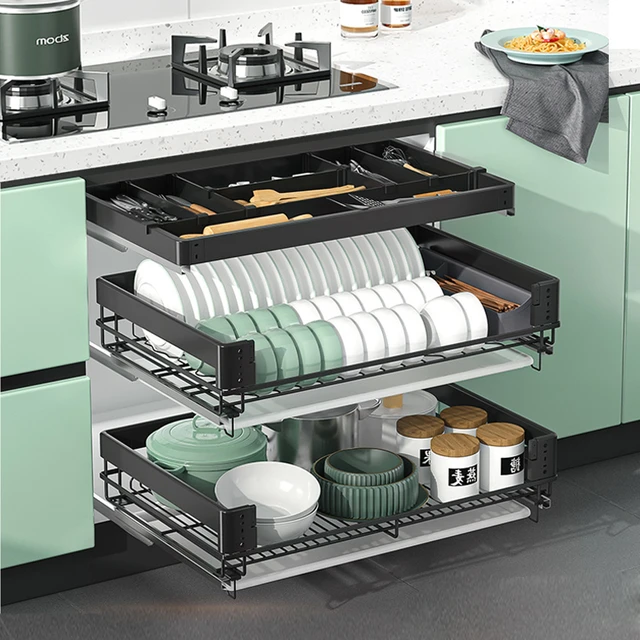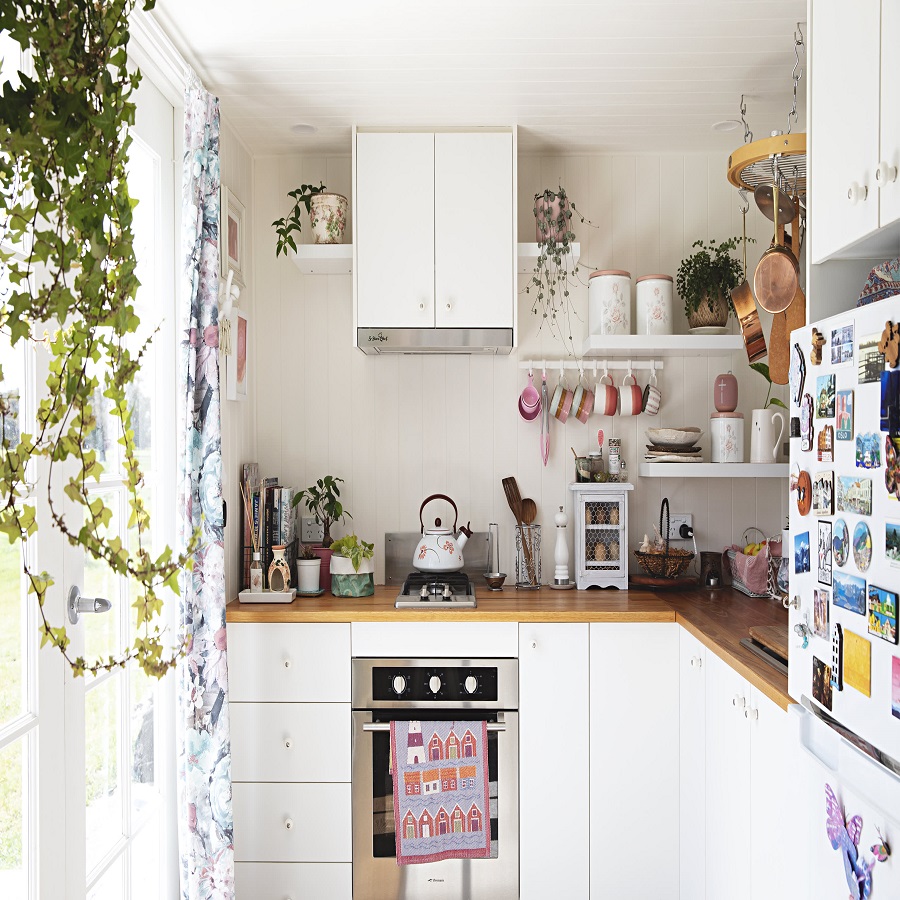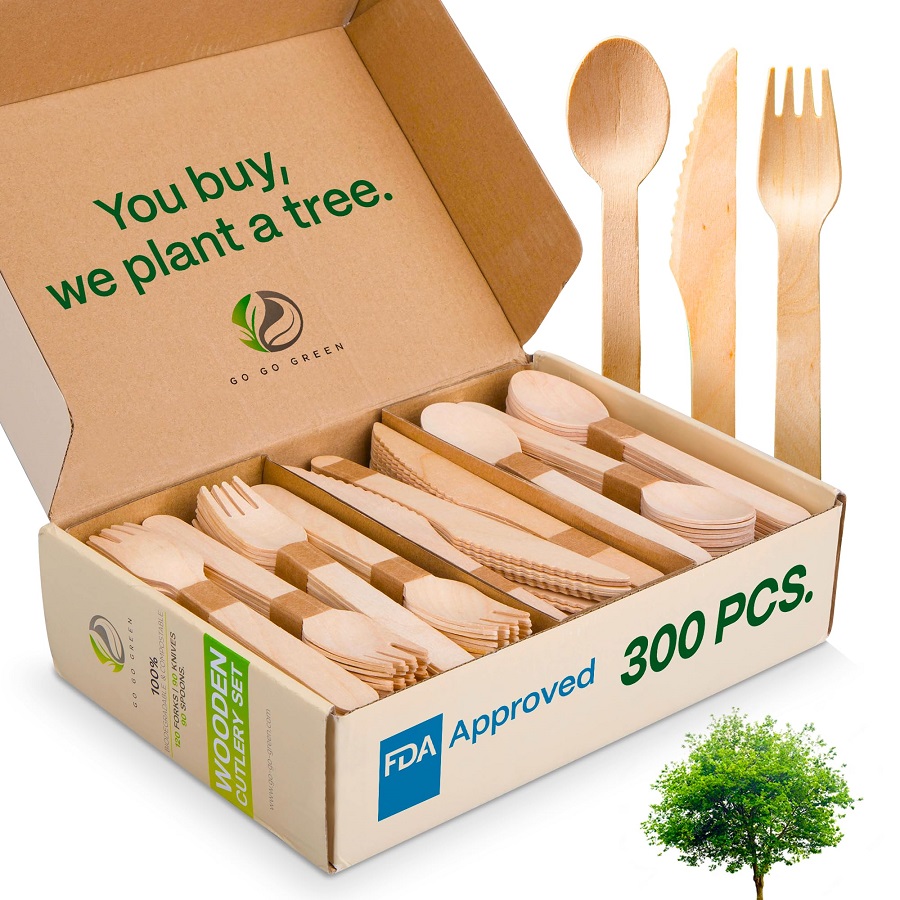Introduction:
When it comes to kitchen design, cabinets play a vital role in both functionality and aesthetics. There are various types of kitchen cabinets available, each offering unique features, styles, and materials. In this comprehensive article, we will explore the different Kitchen Cabinet Types, their benefits, popular styles, and considerations for choosing the right cabinets for your kitchen.
Base Cabinets:
Base cabinets are the standard cabinets found underneath countertops.
They provide storage space for pots, pans, dishes, and other kitchen essentials.
These cabinets usually have shelves or drawers for easy organization and access.
Base cabinets come in different widths and depths to accommodate various kitchen layouts.
Wall Cabinets:
Wall cabinets are mounted on the wall above the countertop or base cabinets.
They offer additional storage space for items that are not frequently used.
Wall cabinets come in different heights and depths, allowing for customization based on kitchen needs.
They can have glass doors to showcase decorative items or solid doors for concealed storage.
Tall Cabinets:
Tall cabinets are floor-to-ceiling cabinets that maximize vertical space in the kitchen.
They provide ample storage for items such as brooms, vacuum cleaners, and pantry items.
Tall cabinets can include pull-out shelves, dividers, or specialized storage solutions for efficient organization.
They are often used as pantry cabinets to store dry goods, canned foods, and kitchen supplies.
Open Shelving:
Open shelving is a popular trend in kitchen design, offering a minimalist and modern look.For example, you can place Lego flowers.
It involves removing upper cabinets and replacing them with floating shelves or brackets.
Open shelving provides a visually open and accessible storage solution for displaying dishes, cookbooks, and decorative items.
It requires careful organization and maintenance to keep items neat and dust-free.
Glass Front Cabinets:
Glass front kitchen cabinets feature doors with glass panels, adding a touch of elegance and sophistication to the kitchen.
They allow for the display of decorative items, glassware, or dishware.
Glass front cabinets can have clear, textured, or frosted glass panels for different styles and levels of transparency.
Lighting can be installed inside the cabinets to enhance the display and create a warm ambiance.
Specialty Cabinets:
Specialty kitchen cabinets are designed to address specific storage needs in the kitchen.
Examples include corner cabinets with rotating shelves, spice racks, wine racks, or utensil drawers.
Specialty cabinets maximize functionality and organization in unique ways, making efficient use of every inch of space.
Considerations for Choosing Kitchen Cabinets:
Kitchen Layout:
Consider the layout and size of your kitchen to determine the most suitable cabinet types and configurations.
Storage Needs:
Assess your storage requirements based on the number of items and kitchen supplies you need to store.
Style and Design:
Choose cabinet styles and materials that complement your kitchen’s overall aesthetic and personal taste.
Budget:
Set a budget for your kitchen cabinets and explore different materials and finishes that fit within your budget.
Quality and Durability:
Invest in high-quality cabinets that can withstand daily use and provide long-term durability.
Conclusion:
Kitchen cabinets are integral to the functionality and design of any kitchen. By understanding the different types of kitchen cabinets available, including base cabinets, wall cabinets, tall cabinets, open shelving, glass front cabinets, and specialty cabinets, you can make informed decisions to meet your storage needs and design preferences.
Consider factors such as kitchen layout, storage requirements, style, budget, and quality when selecting cabinets for your kitchen. With the right kitchen cabinets in place, you can create a well-organized and visually appealing kitchen that reflects your personal style and enhances your culinary experience.





